Harnessing the Power of AI for Image Enhancement and Restoration
In the realm of digital imagery, capturing the perfect shot isn't always guaranteed. Factors such as poor lighting conditions, noise, or low resolution can degrade the quality of an image. However, with the advancements in artificial intelligence (AI), we now have powerful tools at our disposal to enhance and restore images, breathing new life into our cherished memories. In this blog post, we will explore the transformative capabilities of AI in image enhancement and restoration, and how it has revolutionized the way we approach image editing and preservation.
Understanding Image Enhancement and Restoration
Image enhancement refers to the process of improving the overall quality and visual appeal of an image. It involves techniques such as adjusting brightness, contrast, and color balance to make the image more vibrant and captivating. On the other hand, image restoration focuses on repairing and recovering details from damaged or degraded images caused by noise, blur, or other artifacts.
AI-Powered Image Enhancement Techniques
AI algorithms, particularly deep learning models, have shown remarkable proficiency in image enhancement tasks. Through extensive training on large datasets, these models can learn to recognize and correct various image imperfections. They can intelligently enhance details, improve color accuracy, reduce noise, and enhance sharpness, resulting in visually pleasing and professional-quality images.
Denoising and Noise Reduction
Noise, which manifests as random variations in brightness or color, can significantly degrade image quality. AI algorithms can effectively analyze image patterns and intelligently reduce noise while preserving important details. By employing advanced denoising techniques, AI-powered image enhancement tools can produce clean and crisp images, even in low-light conditions or high-ISO settings.
Super-Resolution and Upscaling
AI-driven super-resolution techniques have revolutionized the ability to upscale low-resolution images without sacrificing quality. These algorithms utilize deep learning models to predict missing image details and generate higher-resolution versions of the image. This is particularly useful when working with old or low-quality images, allowing us to recover finer details and bring images to life with stunning clarity.
Image Restoration and Reconstruction
AI algorithms are instrumental in restoring and reconstructing damaged or deteriorated images. By leveraging advanced deep learning models, these algorithms can intelligently fill in missing or corrupted parts of an image, reconstructing lost details and restoring the overall visual integrity. This is especially valuable when dealing with historical photographs or images affected by wear, tear, or other forms of damage.
Deblurring and Sharpening
Blurry images can be caused by factors such as camera shake or subject movement. AI-powered image restoration techniques can analyze image blur patterns and intelligently deblur the image, resulting in sharper and more focused visuals. By restoring the original clarity and sharpness of the image, these algorithms enhance the overall visual impact and provide a more satisfying viewing experience.
Colorization and Image Retouching
AI algorithms are capable of intelligently colorizing black and white or faded images, infusing them with vibrant and realistic colors. By understanding the context and leveraging learned color patterns, these algorithms can accurately recreate the colors that would have been present in the original scene. Additionally, AI-powered image retouching tools can automatically remove blemishes, correct imperfections, and enhance facial features, making images more visually appealing and professional-looking.
Advancements and Future Directions
The field of AI-powered image enhancement and restoration continues to advance at a rapid pace. Ongoing research focuses on developing more sophisticated algorithms that can understand semantic content, context, and artistic style, enabling more intelligent and context-aware image enhancement. Furthermore, the integration of AI with other emerging technologies, such as augmented reality (AR) and virtual reality (VR), opens up new possibilities for immersive image enhancement and restoration experiences.
Conclusion:
AI has revolutionized the world of image enhancement and restoration, offering powerful tools to transform and revive our digital imagery. Whether it's enhancing details, reducing noise, restoring damaged images, or colorizing black and white photos, AI algorithms have unlocked new levels of creativity and precision. As AI continues to evolve, we can expect even more remarkable advancements in image enhancement and restoration, providing us with unparalleled capabilities to preserve and enhance our visual memories.


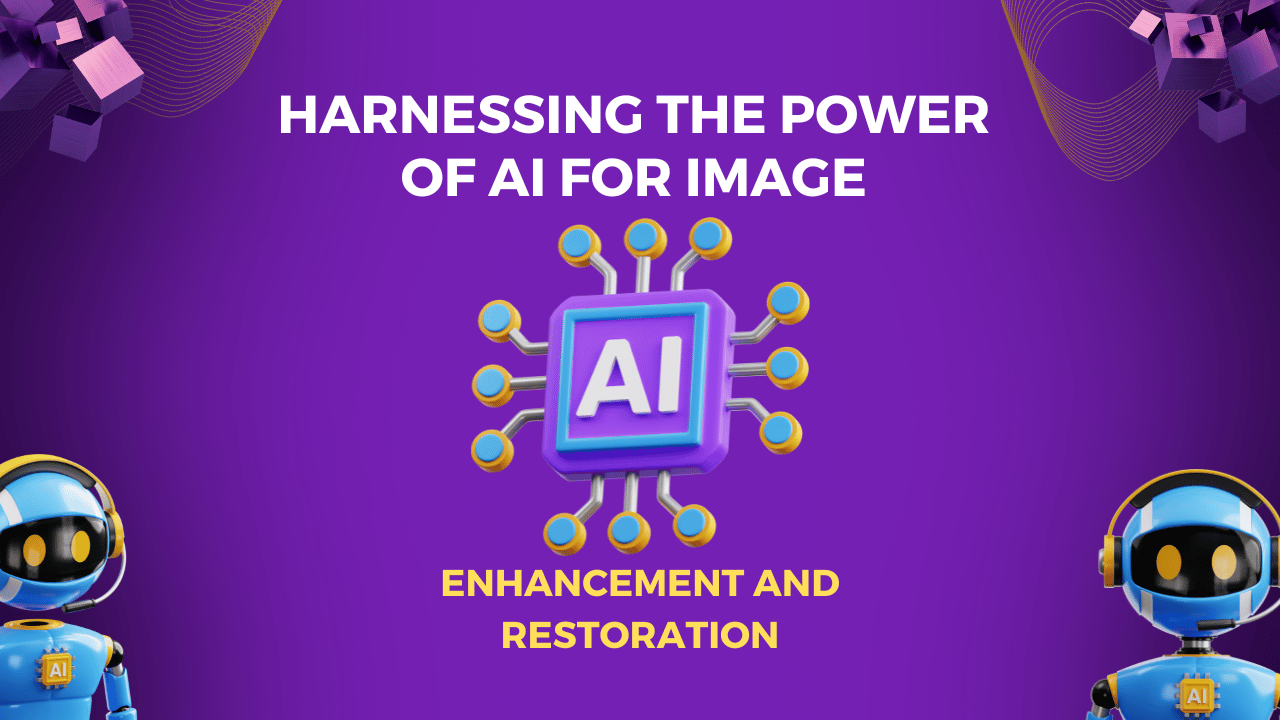
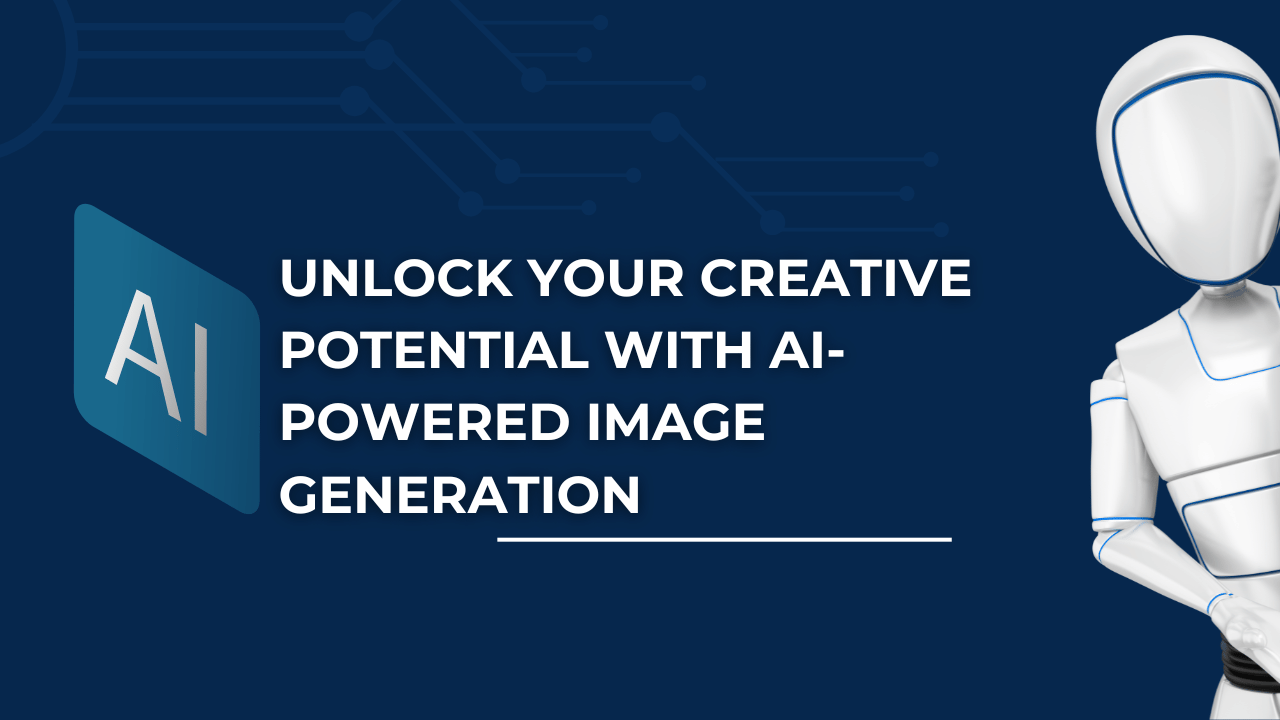
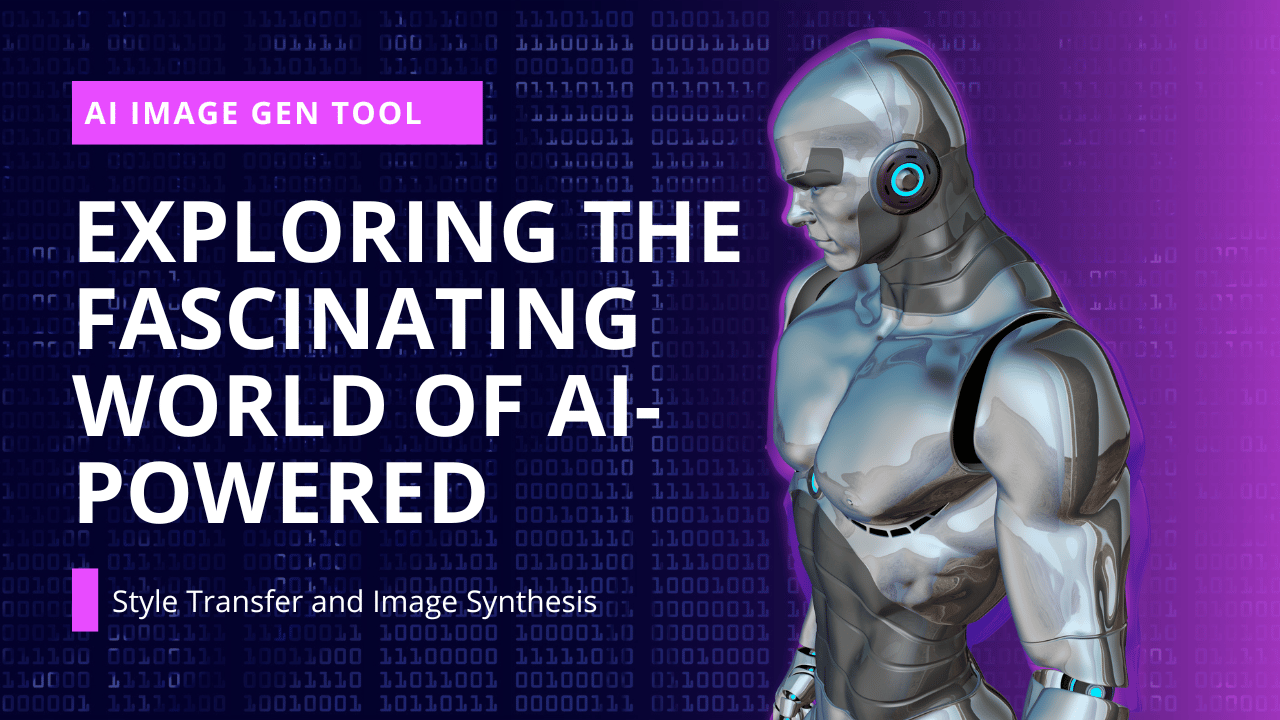
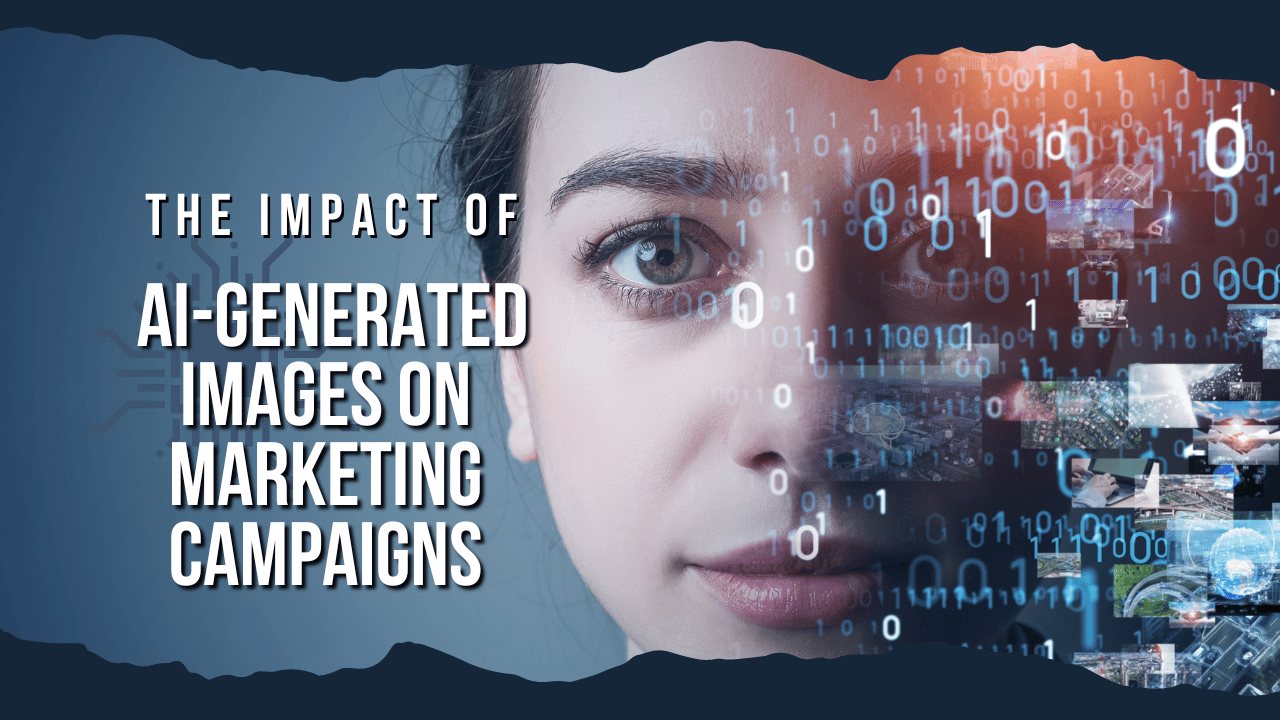
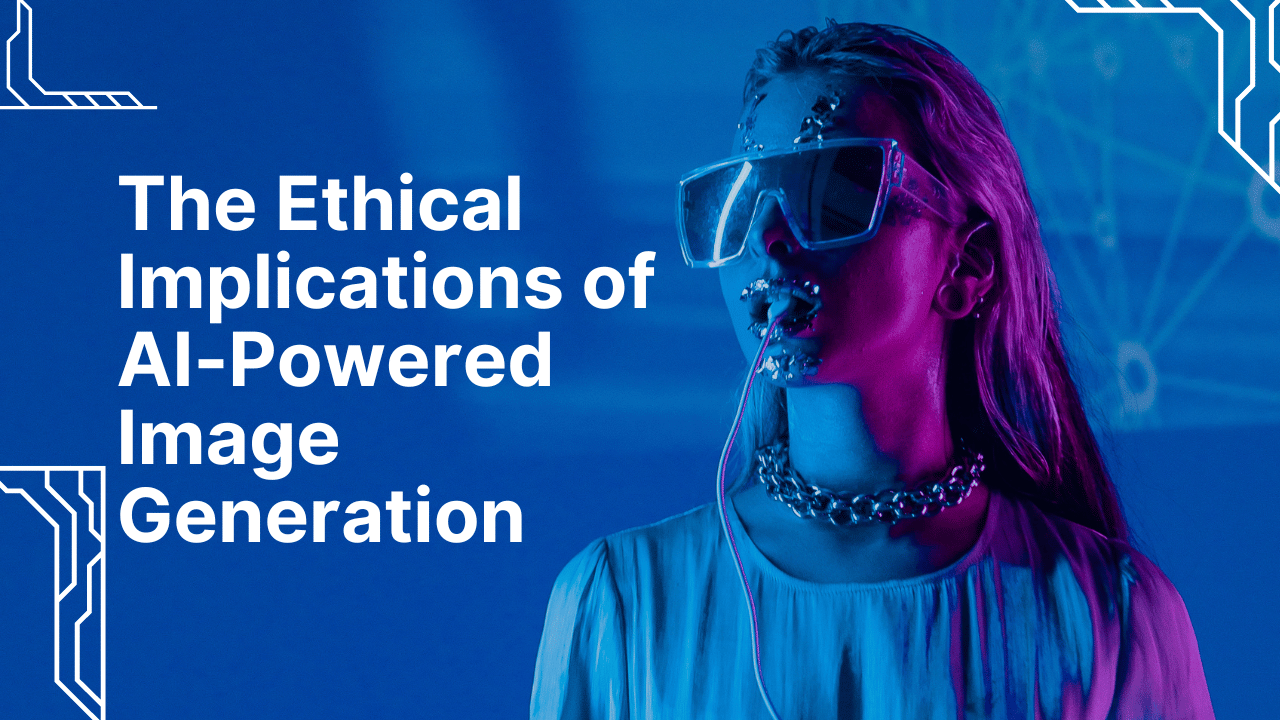

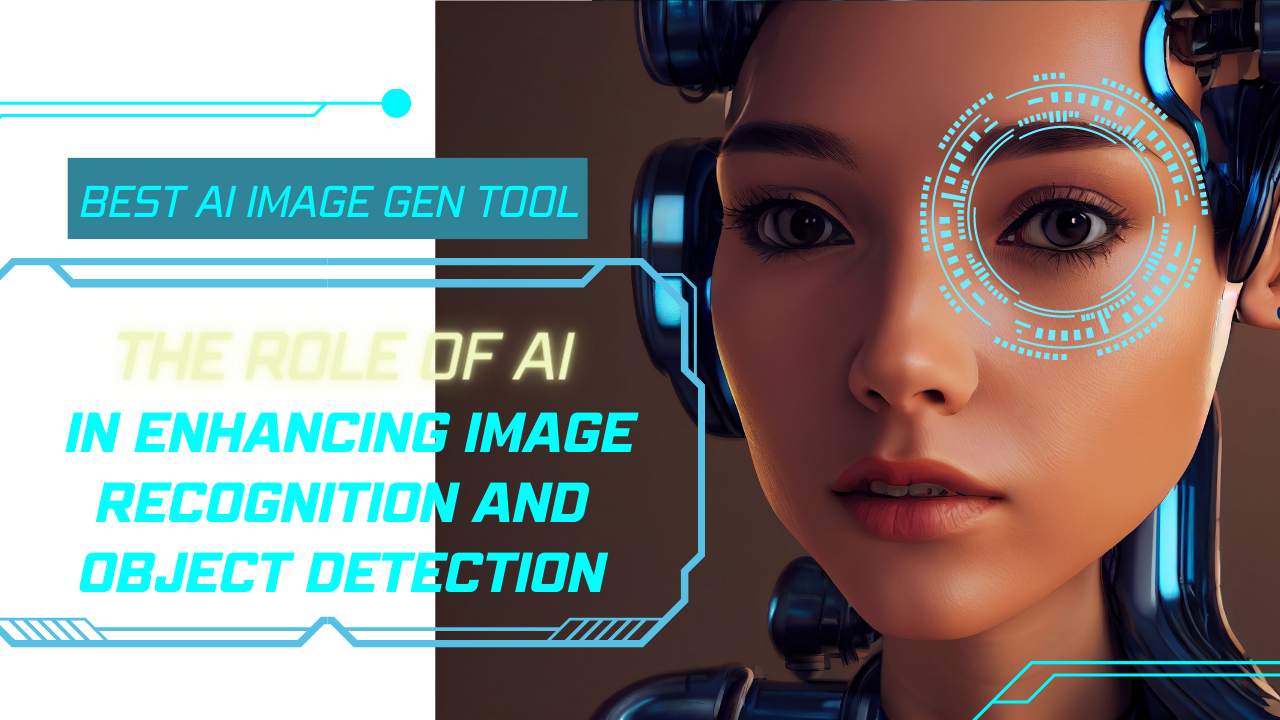
Comments (0)
No comments found